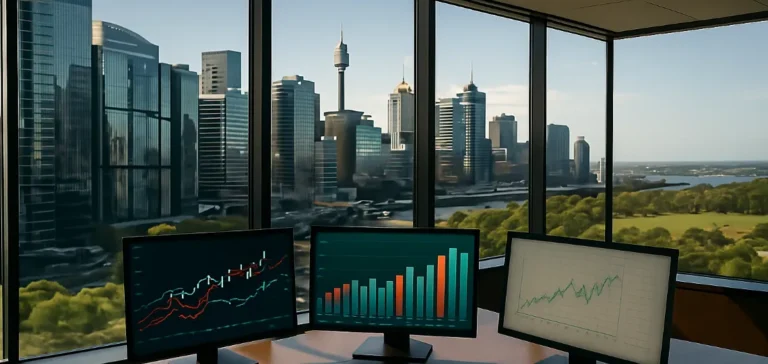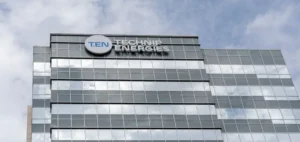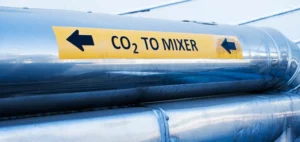The Australian carbon credit market is currently undergoing a period of relative equilibrium. Over recent weeks, prices have displayed unusual stability, primarily driven by moderate demand at the start of the fiscal year. Industry professionals remain cautious about immediate market prospects, closely monitoring the emergence of new alternative solutions to the traditional Australian Carbon Credit Units (ACCUs).
Dynamics of the ACCU Market
ACCUs currently represent the main instrument for offsetting greenhouse gas emissions in Australia. These credits are issued through various projects, including native forest regeneration, avoided deforestation, and other initiatives validated by the Clean Energy Regulator, the Australian authority responsible for regulating the sector. Historically, ACCU price fluctuations are generally moderate mid-fiscal year, with more significant increases typically observed toward the end of the period when companies actively seek to fulfill their regulatory obligations.
However, this year, demand appears subdued. Several market participants indicate that companies are cautiously assessing their carbon credit needs, limiting purchases strictly to compliance requirements. This cautious approach largely explains the current relative stability observed in the markets, where traditionally price movements would be more pronounced.
Emergence of Alternative Instruments
In parallel, Australia’s carbon credit market is witnessing growing interest in credits derived from the Safeguard Mechanism (Safeguard Mechanism Credits, SMCs). Recently introduced as part of a reform to the national regulatory framework, this mechanism enables major industrial facilities to generate credits when reducing emissions below state-set regulatory thresholds. These credits can subsequently be sold or used to meet future compliance obligations.
The primary differentiation between SMCs and ACCUs lies in their method of generation and availability. Unlike ACCUs, SMCs are not direct offsets but represent actual emission reductions achieved by regulated facilities. This mechanism thus introduces a new dynamic, enabling companies to choose between these two asset types based on precise economic and strategic criteria.
Impact on Corporate Strategy
Certain industry players have begun incorporating SMCs into their procurement strategies, attracted by the opportunity to diversify asset portfolios and reduce compliance costs. However, this integration remains cautious, mainly due to uncertainty surrounding the liquidity of these new financial instruments. Indeed, SMCs are still infrequently traded on secondary markets, limiting their immediate appeal compared to ACCUs, which are well-established and easily tradable.
The uncertainty around the capability of SMCs to sustainably meet the needs of major corporations also leads some actors to favor the supply security offered by ACCUs. Benefiting from a mature market, ACCUs remain preferred by companies seeking guaranteed regulatory compliance without the risk of supply disruptions or delays.
Future market developments will strongly depend on the choices made by major emitters, as well as the anticipated growth in liquidity and accessibility of credits derived from the Safeguard Mechanism.






















